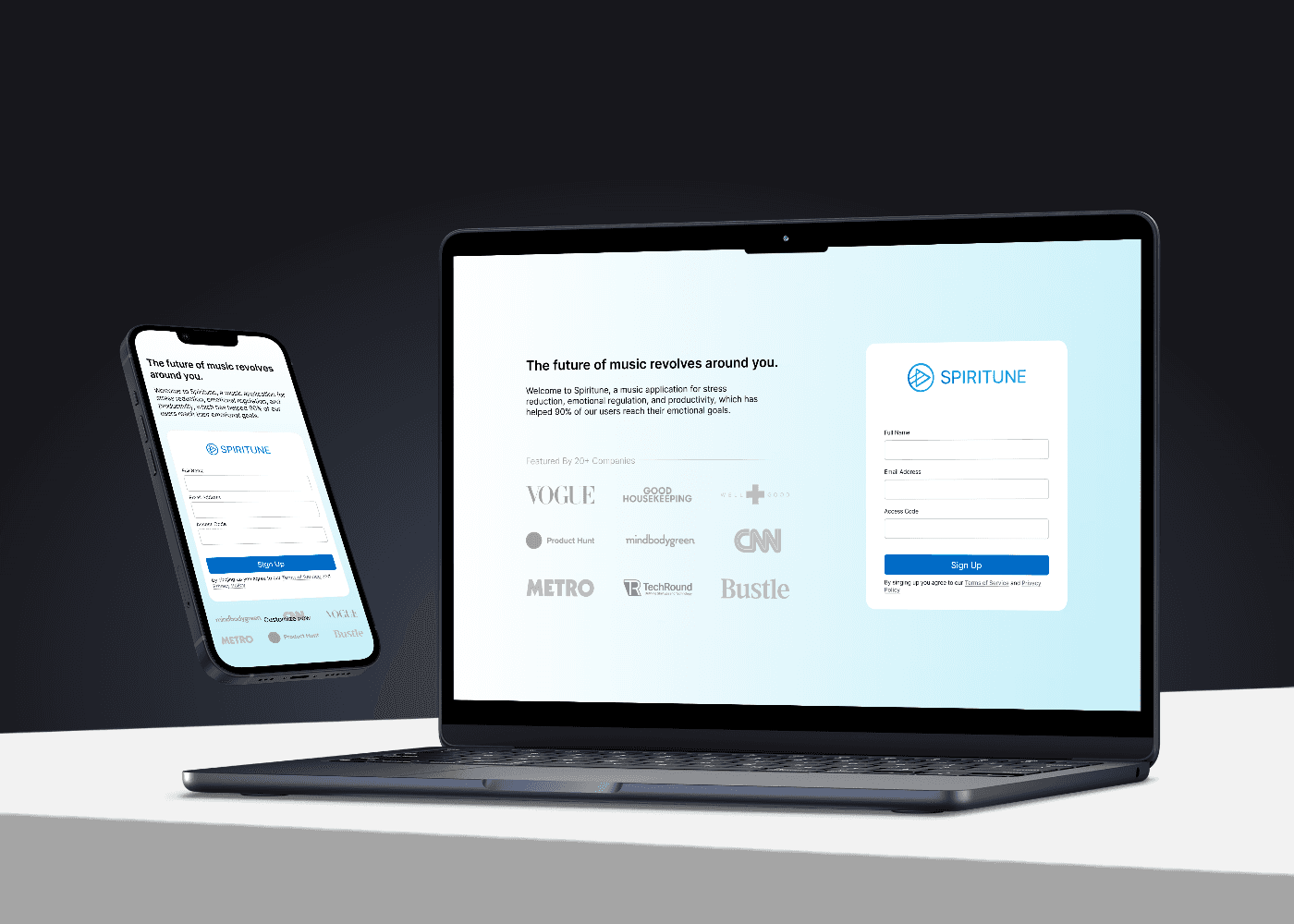Too Many AI Tools, Not Enough Time: A UX Designer’s Strategy for Choosing What Matters
Jessica Cheng
As designers, we shouldn’t use AI just because it’s trendy. We use it to reduce friction, improve clarity, and deliver better outcomes.
That mindset matters more than ever — because the pace of AI development isn’t slowing down. Every week brings a new plugin, platform, or co-pilot claiming to streamline UX tasks: generating wireframes, writing copy, speeding up prototyping. The flood of tools is impossible to keep up with — and most aren’t built with UX realities in mind.
Meanwhile, expectations are rising. Clients want to know how AI fits into your process. Job descriptions are starting to list “AI literacy” as a required skill. Whether we like it or not, AI is becoming part of the professional baseline for UX.
It’s tempting to try everything. But when we do, our workflows can get bloated, fragmented, and harder to trust.
What we need instead is a more intentional approach — one rooted in the same principles we apply to product design: clarity, context, and outcomes.
Here’s the 3-step strategy I use to decide whether an AI tool actually belongs in my workflow.
1. Clarify the Task and Don’t Start with Tools
Before you evaluate any tool, take a step back and look at your workflow. Where’s the friction? What’s slowing you down or breaking your flow? Are you stuck in early-stage ideation? Struggling to keep designs consistent across screens? Losing time during developer handoff?
The point is to figure out what actually needs fixing — not just what sounds fun to automate.
Be specific. Saying “I need to generate cleaner user flows faster” gives you something concrete to solve. Once that’s clear, then it makes sense to look for an AI tool built for that job.
And be honest with yourself — is this step already working just fine? If so, don’t overcomplicate it. AI shouldn’t add noise to your process. It should lighten the load.
2. Find Tools for the Job and Test it
Once you’re clear on the problem you’re trying to solve, look for a tool that’s built for that specific job . Not just whatever’s trending.
Here’s what to pay attention to:
- Match the fidelity to your workflow. Are you working in lo-fi wireframes, hi-fi UI, or production-ready code? The tool should slot in without over- or under-delivering.
- Look for control, not just automation. Can you guide the output, or are you stuck accepting what the AI gives you?
- Check if it fits your working style. Are you solo? In a cross-functional team? Delivering to clients? The tool should support how you work — not make you work around it.
- Think about the handoff. Can this tool export or integrate cleanly into the next step in your process? If it doesn’t play well with your stack, it’s just more overhead.
- Watch for hidden complexity. A clean UI doesn’t mean an easy experience. Some tools take more time to prompt, tweak, and retry than just doing the task yourself.
It’s easy to assume “AI = faster,” but unless the tool fits the shape of your workflow, it usually means more duct tape and more frustration.
3. Decide to Keep or Kill — Be Brutal
A quick test is usually enough to tell you what you need to know.
Keep the tools that improve both quality and speed. Drop the ones that create more work than they save — whether that’s messy output, inconsistent structure, or friction during handoff. The best tools disappear into your process. If you have to think about them too much, they’re probably not helping.
And if something doesn’t work now, don’t force it. AI tools evolve quickly. What doesn’t fit today might be worth revisiting in a few months. But don’t keep it around out of guilt or hype. Ship the work — not the potential.
The goal isn’t to use AI. The goal is to design better, faster, and with less friction. AI is just one option.
My AI Tool Box for UX Design after trying
I’ve tested quite a few tools lately. These are the ones I keep coming back to:
.png?table=block&id=2391d7d7-d882-80fa-81e5-faec18a0c7ff&cache=v2)
Note for Myself
- Don’t get distracted by shiny AI features. Focus on clarity, control, and real impact.
- One well-chosen tool that fits your workflow is worth more than five trending ones.
- Use AI where it reduces friction, not where it adds complexity or design debt.
- A good AI tool should make your work stronger, not take it over.
- Your UX judgment is still the most valuable part of the process. AI should support it, not replace it.




Let's make something users will love!
If you're looking for a product designer who can bridge the gap between design and code, I'm here to help!
Contact Me



